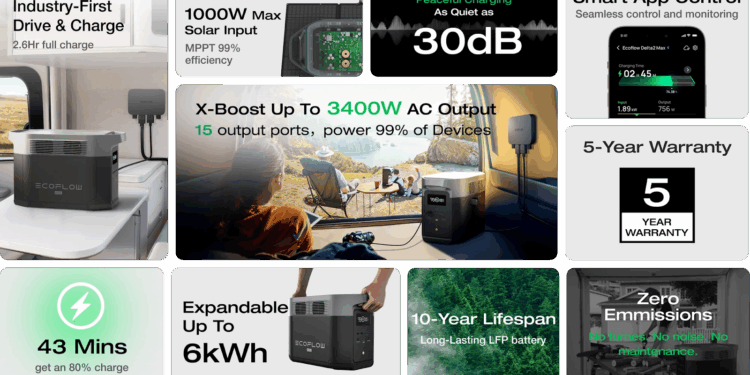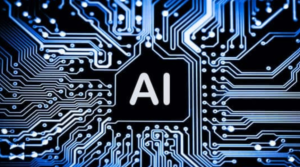When disasters strike—whether hurricanes, earthquakes, wildfires, or floods—one of the first things people lose is reliable electricity. Without power, communication fails, medical equipment stops, and basic needs like food preservation and clean water become urgent challenges. In recent years, a power station has emerged as one of the most effective tools for disaster relief, providing portable, emission-free energy when communities need it most.
This article explores how portable energy solutions are changing the way we respond to crises and how they strengthen community resilience.
Why Energy Access Is Critical in Disasters
- Communication: Phones, radios, and internet access are essential for coordinating rescue efforts and keeping families connected.
- Medical care: Hospitals, shelters, and homes rely on electricity for ventilators, CPAP machines, oxygen concentrators, and refrigeration for medication.
- Food and water: Power is needed to preserve food and operate water purification systems.
- Safety and comfort: Lighting and climate control reduce risks and maintain human dignity during crises.
When the grid fails, energy becomes the lifeline of survival and recovery.
The Advantages of Portable Power Stations in Disaster Relief
Silent and Safe
Unlike gas generators, portable units run silently and produce no harmful emissions, making them safe for indoor use in shelters.
Fast Deployment
Compact and easy to transport, they can be delivered quickly to disaster zones without the need for complex setup.
Renewable Integration
When paired with solar panels, they provide sustainable power for extended emergencies, even when fuel supply chains are disrupted.
Versatility
With multiple output ports, one unit can simultaneously charge phones, power medical devices, run lighting systems, and keep refrigeration working.
Real-World Applications
Emergency Shelters
Shelters equipped with power stations can keep lights on, operate fans or heaters, and ensure residents stay connected.
Field Hospitals and Clinics
Portable energy supports diagnostic equipment, small refrigeration units for vaccines, and charging for medical instruments.
Communication Hubs
In disaster zones, portable power keeps satellite phones, radios, and internet devices active, enabling coordination between first responders.
Individual Families
Even a single power station can provide relief by powering critical home appliances during multi-day blackouts, reducing strain on community resources.
Community Resilience Beyond Immediate Relief
Portable energy is not only useful in the days after a disaster but also strengthens long-term resilience:
- Preparedness: Households equipped with power stations reduce demand on emergency services.
- Recovery: Communities with reliable backup power can resume normal functions faster.

- Sustainability: Using solar charging reduces reliance on fragile fuel supply chains.
By decentralizing energy, communities become more self-reliant and less vulnerable to widespread grid failures.
Key Considerations for Disaster Readiness
- Capacity: Choose a unit with enough watt-hours to power essential devices for at least 24–48 hours.
- Portability: Lightweight, rugged designs make it easier to move units between shelters and homes.
- Durability: Weather-resistant builds are essential in flood- or storm-prone regions.
- Solar compatibility: Ensures indefinite operation even when grid or fuel supplies are unavailable.
- Training: Communities should be educated on how to use and maintain portable energy devices effectively.
Case Studies and Lessons Learned
- Wildfire zones in California: Portable power stations kept evacuation centers lit and powered communication systems.
- Hurricane response in the Gulf Coast: Solar-compatible stations provided long-term relief when fuel supplies were blocked.
- Global disaster relief organizations: Many NGOs now include portable energy systems in emergency kits for field teams.
The Future of Disaster Relief Energy
In 2025 and beyond, innovations are making portable energy even more effective:
- Higher-capacity batteries: Supporting larger loads like HVAC and water pumps.
- Faster charging: Units that reach 80% capacity in under an hour.
- Smart monitoring: Apps allow real-time tracking of energy use, ensuring efficient allocation.
- Scalable systems: Modular designs let communities expand capacity as needs grow.
Conclusion
A power station is far more than a convenience—it’s a vital tool for survival, recovery, and resilience. In disaster relief, it ensures that communication lines stay open, medical devices keep running, and communities remain safe and connected.
As climate change increases the frequency and intensity of natural disasters, investing in portable energy solutions isn’t just about preparation—it’s about protecting lives and building stronger, more resilient communities.


























































